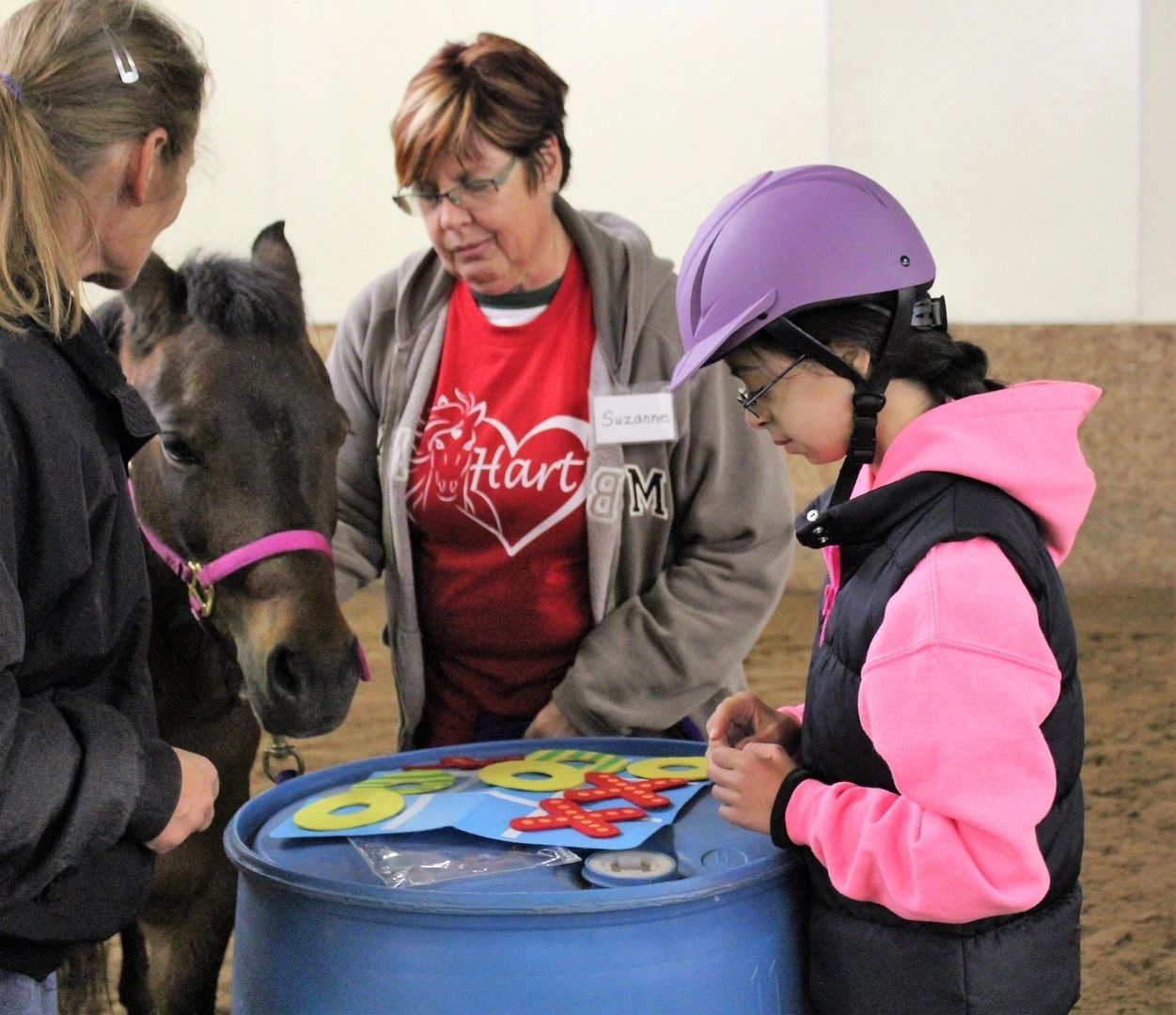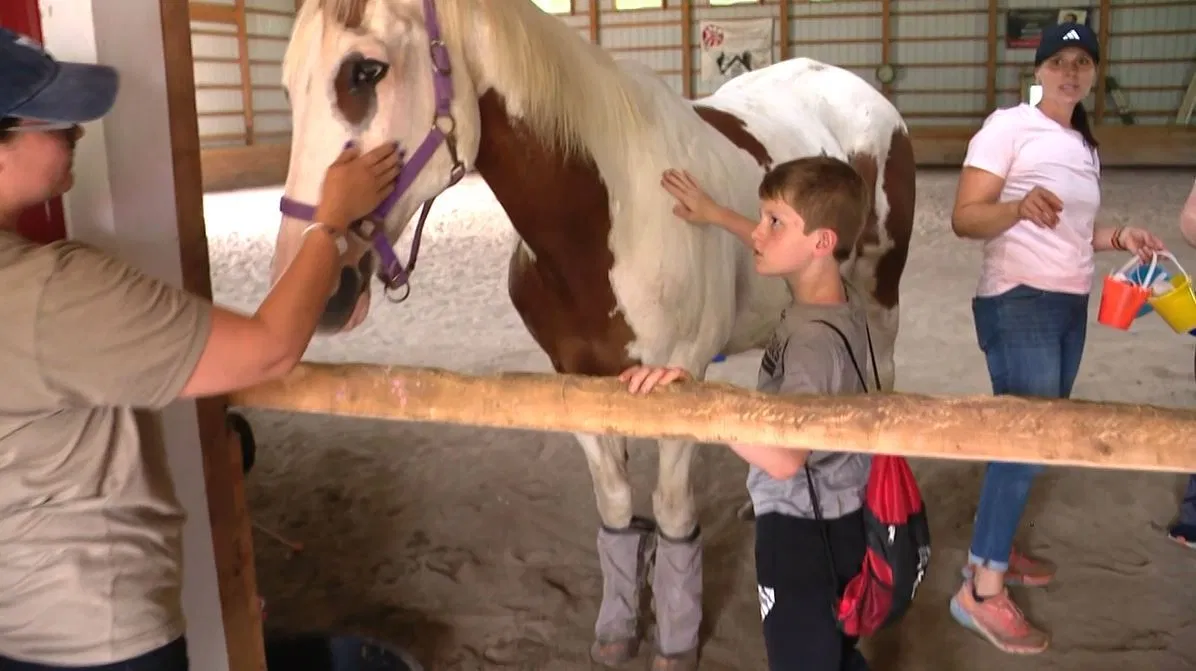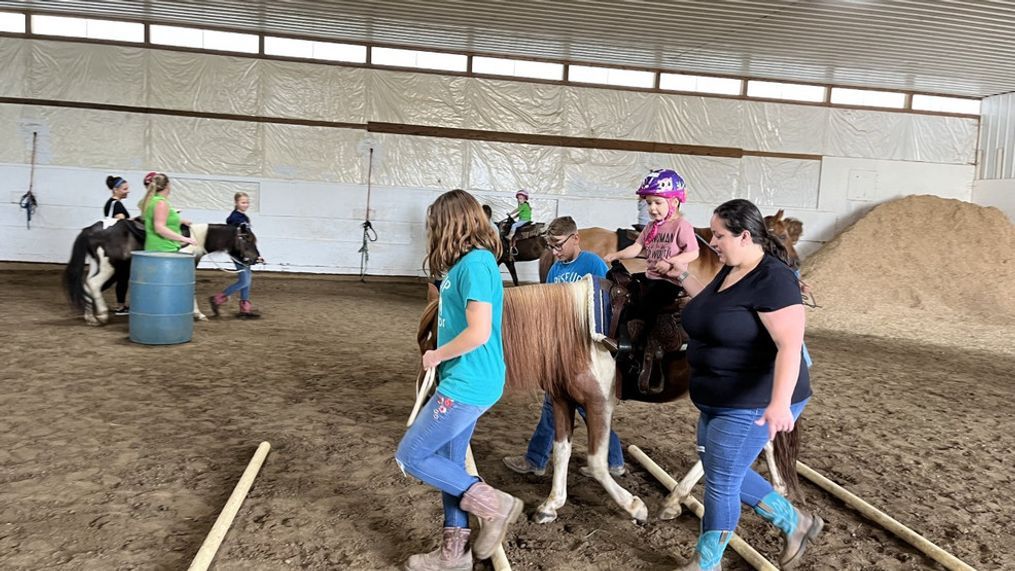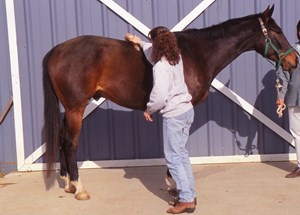Teaching Your Horse to Accept Grooming Tools: A Step-by-Step Guide

Grooming is an essential part of horse care that promotes health, comfort, and bonding between you and your horse. However, some horses may initially resist grooming tools due to unfamiliarity or discomfort. This article will guide you through effective techniques to teach your horse to accept grooming tools calmly and willingly.
Why Grooming is Important

| Benefit | Description |
|---|---|
| Health Maintenance | Removes dirt, sweat, and loose hair, preventing skin issues and infections. |
| Circulation Boost | Brushing stimulates blood flow, promoting healthy skin and coat. |
| Bonding Opportunity | Builds trust and strengthens the relationship between horse and handler. |
| Early Problem Detection | Allows you to check for injuries, swelling, or abnormalities early. |
Common Grooming Tools

- Curry Comb: Used to loosen dirt and hair.
- Dandy Brush: Removes loosened dirt and hair.
- Body Brush: Soft brush for sensitive areas.
- Hoof Pick: Cleans hooves.
- Mane and Tail Comb: Detangles hair.
Step-by-Step Training Process
- Introduce Tools Gradually: Let your horse see and sniff each tool before use.
- Start with Gentle Touch: Begin grooming with soft strokes using a body brush.
- Use Positive Reinforcement: Reward your horse with treats or praise when it remains calm.
- Observe Body Language: Watch for signs of discomfort or anxiety and adjust accordingly.
- Increase Duration Slowly: Gradually extend grooming sessions as your horse becomes more comfortable.
- Be Consistent: Regular grooming helps your horse get used to the tools.
Tips for Success
- Always groom in a calm, quiet environment.
- Avoid sudden movements or loud noises.
- Use treats sparingly to avoid dependency.
- Be patient; every horse learns at its own pace.
Frequently Asked Questions (FAQ)
Q1: What if my horse is afraid of the curry comb?
A: Start by letting your horse sniff the comb and gently rub it on less sensitive areas like the neck before moving to the body.
Q2: How often should I groom my horse?
A: Ideally, groom your horse daily or at least several times a week to maintain coat health and build trust.
Q3: Can grooming help with behavioral issues?
A: Yes, regular grooming can calm nervous horses and improve their responsiveness to handling.
Teaching your horse to accept grooming tools is a rewarding process that enhances their well-being and your connection. With patience, consistency, and positive reinforcement, grooming can become an enjoyable routine for both of you.
